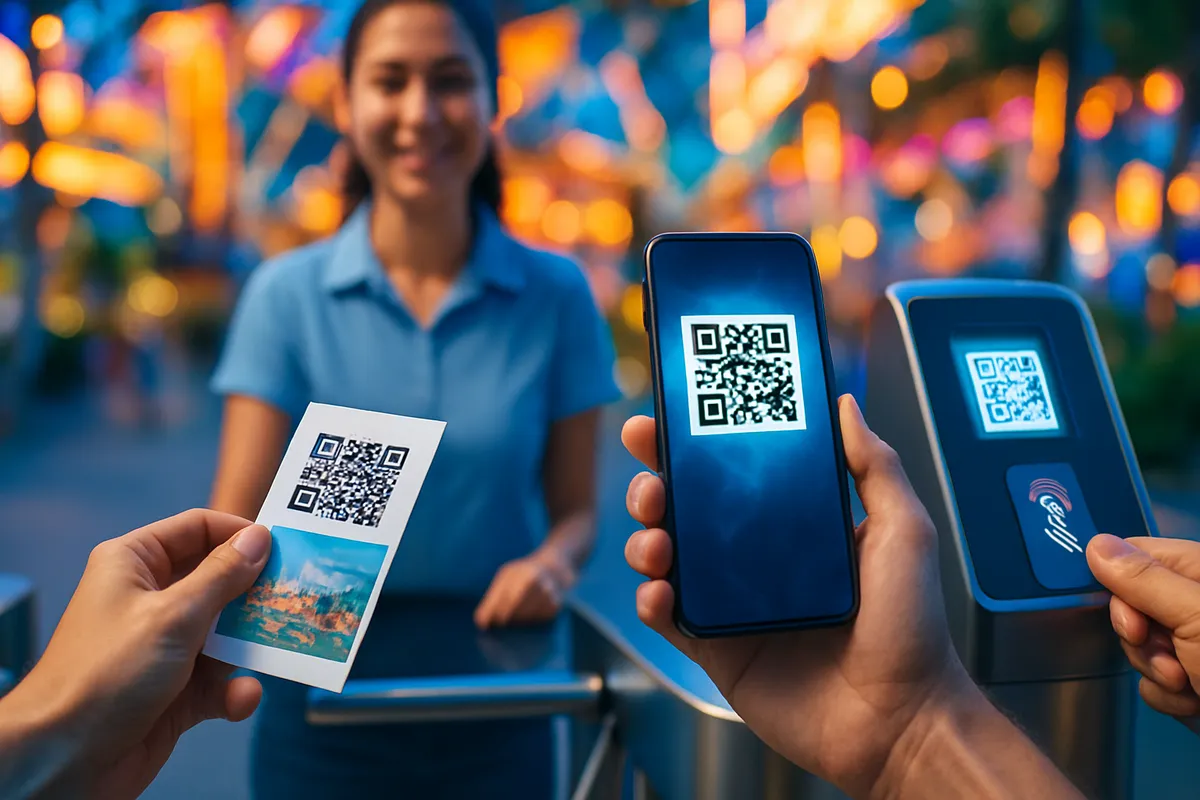Tips to detect hidden cameras in Hotel rooms
- Friday, Apr 18, 2025, 23:08 (GMT+7)
Tips to detect hidden cameras in Hotel rooms
There are things that send shivers down your spine the moment you hear them—like the thought that someone might be watching you while you're lying comfortably in a hotel bed, tossing the blanket aside, lost in a movie. What if, in the middle of your relaxation, a sudden thought strikes: “Wait… what if someone is secretly watching me?” It sounds like something straight out of a Hollywood thriller, but this unsettling scenario isn’t just for the big screen. It hides in plain sight, behind the dazzling charm of hotel rooms that seem perfect—great price, stylish interior, prime location. That’s the thing—travel isn’t just about packing your suitcase and heading off. It’s also about learning how to protect yourself in a world that’s becoming alarmingly smart.
Most people don’t realize that something as tiny as a fingertip-sized camera can be hidden inside almost anything in your room—smoke detectors, electrical outlets, wall clocks, power banks, or even the glassy eyes of a teddy bear sitting beside the bed. What’s scarier is that not all hidden cameras come with blinking red lights like in Korean dramas. Some are ultra-small, capable of recording for hours, even live-streaming footage to a server hundreds of kilometers away. And all the while, the guest has no idea. That’s why, the moment you walk into a hotel room, your first instinct shouldn’t be to strike a glamorous pose for a check-in photo—it should be to check how private your space really is.
Soft lighting, fresh sheets, and high-end furniture don’t guarantee safety. Instead of getting carried away with how “luxurious” the place feels, try looking around with a hint of suspicion. Turn off the lights, draw the curtains, and switch your phone camera to video mode or night photography. Move slowly and examine the walls, ceilings, and electronic devices to see if any red or green lights are blinking. That flicker might just be the reflection from a hidden lens. If that feels too complicated, use your phone’s flashlight to scan potentially suspicious spots—from air vents to oddly placed decor. Any spot that reflects light unusually or just feels “off” deserves a closer look.
Seasoned travelers often share a clever tip: use signal-detecting apps. There are plenty of free ones for both Android and iOS—like Fing, Hidden Camera Detector, or Network Scanner. These apps scan the room’s Wi-Fi and Bluetooth networks to detect unfamiliar devices that might be transmitting data. Hidden cameras typically rely on wireless connections, so if you spot something labeled “IP_Cam,” “Spy_Cam,” “Xiaomi_Security_001,” or even just a strange MAC address, take it seriously.
Many assume that only budget hotels are risky, but that’s not true. Even upscale places—4 or 5-star hotels, premium serviced apartments, or thoughtfully decorated homestays—can be part of this problem. Some incidents have involved property owners installing cameras to “protect belongings,” yet conveniently forgetting to mention that the cameras point directly at showers or beds. If you see a security camera clearly placed in the room, don’t hesitate to ask for it to be turned off or repositioned. And if a host dodges your questions or refuses, that’s your cue to pack up and leave.
There’s also a surprisingly simple trick that works: the mirror test. Two-way mirrors—normal on one side, see-through on the other—can look completely ordinary. To test it, place your finger on the mirror. If there’s a gap between your fingertip and its reflection, it’s a real mirror. If your fingertip touches its reflection directly, you might be facing a two-way mirror. In that case, throw a towel or jacket over it—or better yet, switch rooms.
Technology aside, there’s another tool you shouldn’t ignore: your instincts. That uneasy feeling you get sometimes? It’s not paranoia—it’s self-protection. A lone clock sitting awkwardly on a desk, a smoke detector placed oddly close to the bed, an outlet positioned just right to conceal a lens—any of these might be your subconscious picking up signals. If you feel something’s off, remove the batteries or ask the front desk to help inspect it. One guest once discovered a tiny camera inside a bedside lamp. She took it apart and called the police in the middle of the night, later learning that the owner had been reported multiple times before—but nothing had been done.
Not everyone packs anti-surveillance gear in their suitcase, but everyone can carry awareness. In a digital world, privacy is far more fragile than we’d like to believe. And the scariest part isn’t being watched—it’s not knowing you’re being watched. That peaceful moment when you’re curled up in a towel reading, or stretched out on the bed after a long journey, could be part of a video stream somewhere out there.
Still, don’t let fear steal your joy. Every journey is worth taking—as long as you don’t trade safety for comfort. Take a few extra moments to scan, to question, to stay sharp. Then go ahead—explore, take dreamy check-in photos, and enjoy every destination without worrying about hidden eyes. Because feeling safe is the most beautiful filter you can have in every travel snapshot.
Everyone hopes for a trip that’s not just picturesque, but peaceful in every moment. And sometimes, that peace starts with the smallest things—a second glance, a cautious scan, a timely question. All to protect yourself in a world full of beautiful places and invisible risks.

 CHECKIN.VN
CHECKIN.VN








Share on